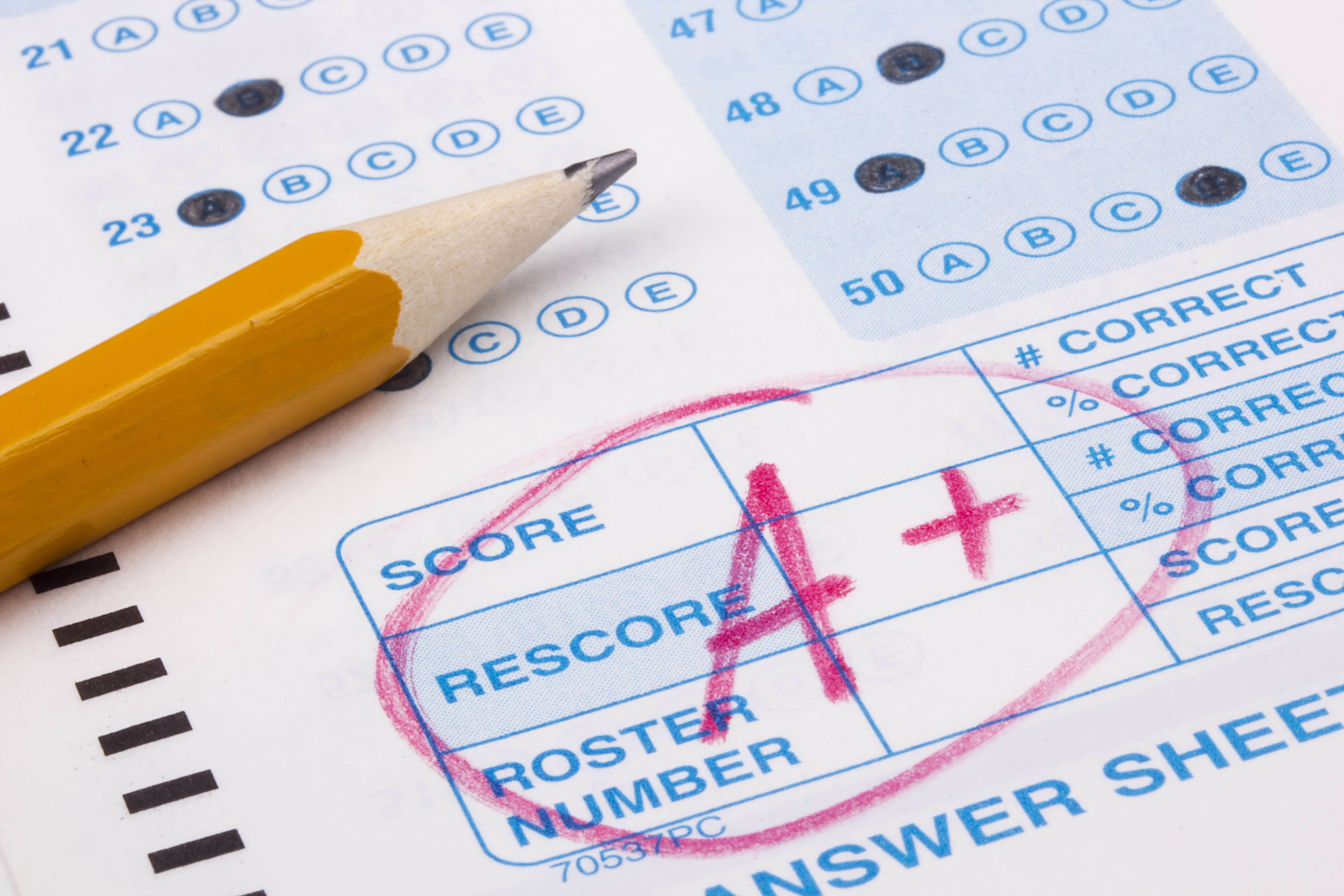
Contributed by Kumarendran Balachandran, is a trained neuroscientist. He works in the area of substance use disorder. He is an incoming MS1 with a keen interest in academic neurosurgery.
There are a lot of misconstrued ideas behind competitive specialties. So, what really makes a specialty competitive? In this article we attempted to use an evidence-based approach to answer this common question.
Successfully matching into a competitive specialty is no easy feat and it is especially true for non-traditional applicants, DOs and IMGs. With that being said, matching into a competitive specialty does not earn you extra brownie points or classify you into the category of good doctors. Every specialty is competitive in its own way, and here are some lists of the specialties that are harder to match into according to the 2020 NRMP data.
Method
Competitive specialties are classically defined by the ‘demand versus availability’ parameter of that particular medical specialty program. In this article, let’s take a quick look on what are the most competitive residency programs from the most recent National Resident Matching Program (NRMP) data and explore the average step scores students may need to match based on previous records.
|
|
Number of Position Offered |
Number of Applicants |
Fill Rates (%) |
|
Dermatology |
538 |
692 |
100 |
|
Interventional Radiology |
156 |
199 |
97.4 |
|
Neurological Surgery |
232 |
383 |
100 |
|
Orthopaedics Surgery |
849 |
1873 |
99.4 |
|
Plastic Surgery |
180 |
282 |
100 |
Table 1 summarises the numbers of positions offered, number of applicants, and fill rates of competitive specialties based on NRMP 2020 data.
What are the scores you need to successfully match into these Competitive Specialties?
Dermatology
If you are interested in dealing with the skin in both medical and surgical aspects this is the specialty you look into. In the year 2020, there were a total of 538 positions offered, with a total successful U.S. MD match of 158. The average step score required for this specialty:
- Mean Step 1 score 248
- Mean Step 2 score 256
Interventional Radiology
Interventional Radiology, in the past, has been a medical subspecialty that requires residents to perform minimally invasive procedures capitalizing on cutting-edge medical imaging tools like x-ray, fluoroscopy, ultrasound, CT, and MRI. In the year 2020, there were a total of 156 spots available, and 109 spots were successfully filled by U.S. MDs. The average step score required for this specialty:
- Mean Step 1 Score 247
- Mean Step 2 Score 255
Neurological Surgery
Neurosurgery is an area of medicine that is interested in the diagnosis, surgical intervention, and treatment of nervous system problems. It includes the brain, spinal cord, and nerves. In the year 2020, there were a total of 232 spots, with 195 filled by U.S MDs. The average step score required for this specialty:
- Mean Step 1 Score 248
- Mean Step 2 Score 252
Orthopedics Surgery
Orthopedic Surgeons are a group of physicians concern with the musculoskeletal system. It involves both medical and surgical training. In the year 2020, 849 positions were offered, with 645 successful U.S MD matches. The average score required for this program in 2020 were:
- Mean Step 1 Score 248
- Mean Step 2 Score 255
Plastic Surgery
Plastic surgeons are those involved in restoration, reconstruction, and alteration involving any part of the human body. Craniofacial and microsurgery is performed by plastic surgeons. In the year 2020, there were 180 positions with 158 spots filled by U.S MDs. The average scores required for this program in 2020:
- Mean Step 1 Score 249
- Mean Step 2 Score 256
Conclusion
While these numbers give you an idea of the requirements needed to be competitive, use them as more of a guide rather than a strict requirement. There are several caveats to be considered while looking at the data provided in this article but the most important one to consider when critically reviewing these numbers includes the consideration that there were thousands of applicants who matched in PGY-2 positions. Additionally, these numbers do not capture DOs, IMGs, and reapplicants in the respective specialties. Further, these scores give you an idea of how to be competitive but are not the golden standard in screening applicants. It is especially true in the coming years when USMLE Step 1 transitions to a pass/fail grading system.
References
National Resident Matching Program, Charting Outcomes in the Match: Senior Students of U.S. Medical Schools, 2020. National Resident Matching Program, Washington, DC 2020.